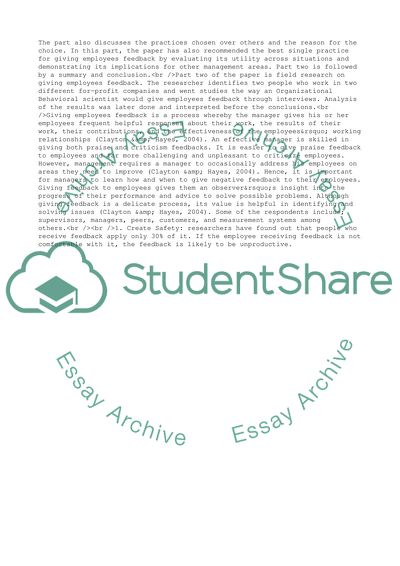Cite this document
(Giving Employees Feedback Coursework Example | Topics and Well Written Essays - 2250 words, n.d.)
Giving Employees Feedback Coursework Example | Topics and Well Written Essays - 2250 words. https://studentshare.org/management/1823443-giving-employees-feedback
Giving Employees Feedback Coursework Example | Topics and Well Written Essays - 2250 words. https://studentshare.org/management/1823443-giving-employees-feedback
(Giving Employees Feedback Coursework Example | Topics and Well Written Essays - 2250 Words)
Giving Employees Feedback Coursework Example | Topics and Well Written Essays - 2250 Words. https://studentshare.org/management/1823443-giving-employees-feedback.
Giving Employees Feedback Coursework Example | Topics and Well Written Essays - 2250 Words. https://studentshare.org/management/1823443-giving-employees-feedback.
“Giving Employees Feedback Coursework Example | Topics and Well Written Essays - 2250 Words”. https://studentshare.org/management/1823443-giving-employees-feedback.


